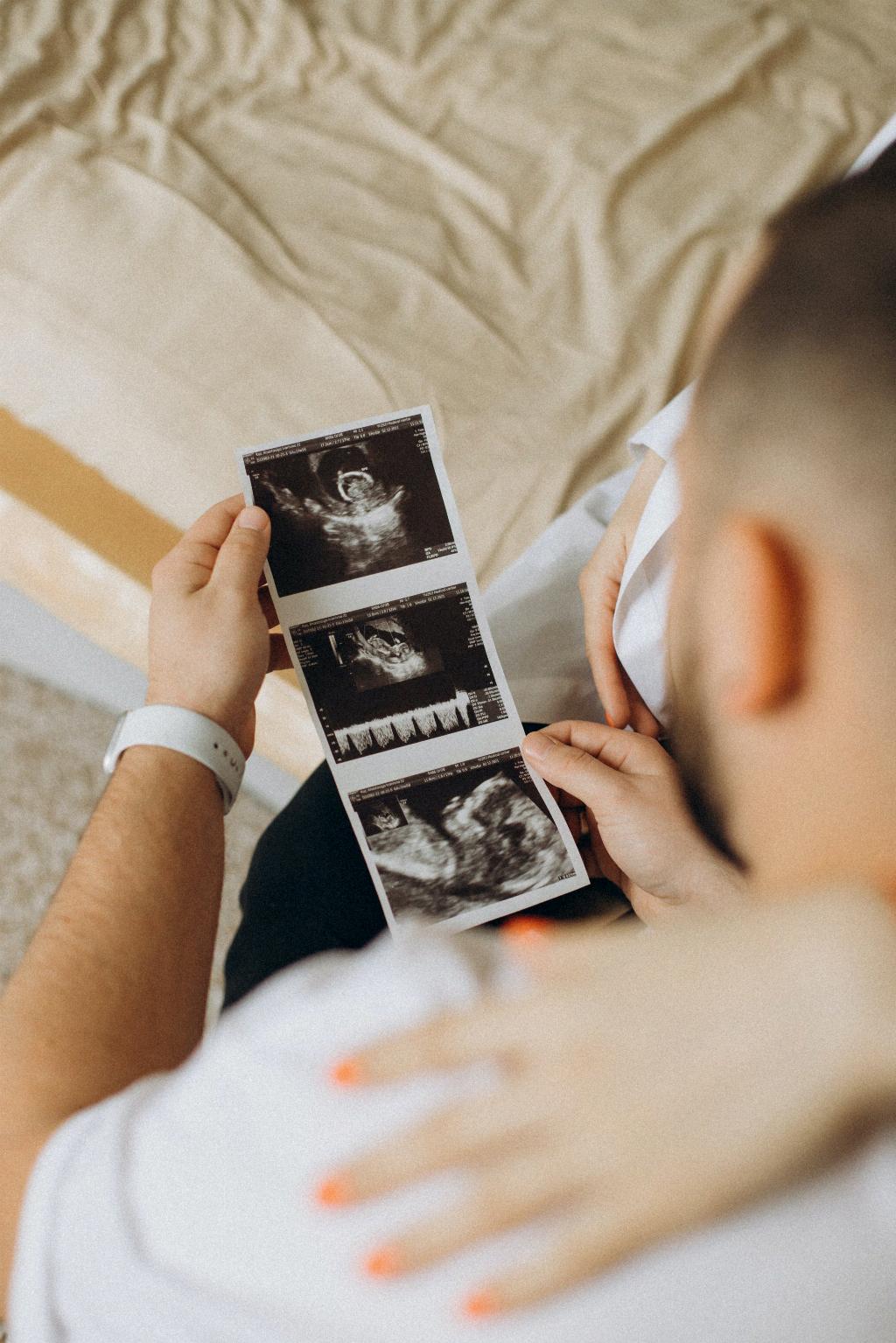Publications that deal with the prevention and management of pelvic girdle pain (PGP) in pregnant women often list several forms of treatments. Manual therapy, a commonly recommended approach, involves hands-on techniques administered by experts in musculoskeletal disorders such as physiotherapists, osteopaths, or chiropractors. These professionals specialize in addressing PGP specifically in pregnancy.
Specific Hands-On Treatment
When undergoing manual therapy for PGP during pregnancy, practitioners focus on gently mobilizing or repositioning the affected joints and muscles. By using manual techniques, they aim to restore proper alignment and functionality to the joints, enabling them to move naturally without causing undue discomfort to the expectant mother.
Non-Painful Approach
It is crucial to note that manual therapy for PGP during pregnancy should not induce pain. The process is designed to provide relief and improve the overall condition of the pelvic area without causing additional distress or discomfort. The gentle nature of the treatment is especially important during pregnancy to ensure the well-being of both the mother and the unborn child.
Individualized Treatment Plans
Each pregnant woman experiencing PGP may have unique needs and responses to treatment. Therefore, healthcare providers specializing in managing PGP during pregnancy typically customize treatment plans to address the specific circumstances and symptoms of the individual patient. Personalizing the approach ensures that the treatment is tailored to provide maximum benefit and comfort.
Monitoring Progress
Throughout the course of manual therapy for PGP, healthcare professionals closely monitor the progress of pregnant women undergoing treatment. Regular assessments and check-ins allow practitioners to track improvements, address any concerns or setbacks promptly, and make adjustments to the treatment plan as needed to optimize outcomes.
Combination With Other Therapies
In some cases, manual therapy may be complemented by other therapeutic approaches to manage PGP during pregnancy effectively. These additional modalities could include exercises, lifestyle modifications, pain management techniques, or supportive devices to enhance the overall treatment outcome and provide holistic care to expecting mothers.
Educational Support
As part of the treatment process for PGP during pregnancy, healthcare providers also offer educational support to pregnant women. This may involve guidance on posture, movements, and activities to help prevent exacerbating PGP symptoms and promote optimal healing. Education empowers pregnant individuals to actively participate in their own recovery and well-being.
Emotional Well-being
Addressing PGP during pregnancy goes beyond physical treatment; it encompasses emotional well-being as well. Healthcare professionals recognize the emotional impact of experiencing pain and discomfort during pregnancy and provide support, reassurance, and empathy to help pregnant women navigate this challenging period with resilience and strength.
Collaborative Approach
Managing PGP during pregnancy often involves a collaborative effort between various healthcare providers, including obstetricians, physiotherapists, and other specialists. This multidisciplinary approach ensures that pregnant women receive comprehensive care that considers all aspects of their health and well-being, promoting a holistic and effective treatment strategy.
Patient-Centered Care
Central to the treatment of PGP during pregnancy is patient-centered care. Healthcare providers prioritize the needs, preferences, and goals of pregnant women throughout the treatment process, fostering a partnership based on mutual respect and collaboration. This patient-centered approach enhances the overall experience and outcomes of PGP management.
Post-Treatment Guidance
After completing manual therapy for PGP during pregnancy, healthcare providers offer post-treatment guidance to support pregnant women in maintaining the benefits of the intervention. This guidance may include recommendations for at-home exercises, self-care practices, and continued monitoring to sustain the improvements achieved during therapy and promote long-term well-being.
Continued Support and Follow-Up
Following the conclusion of manual therapy for PGP during pregnancy, healthcare professionals provide continued support and follow-up care to ensure the ongoing health and comfort of pregnant individuals. By maintaining communication, monitoring progress, and addressing any emerging issues promptly, providers help pregnant women navigate their pregnancy journey with confidence and peace of mind.

